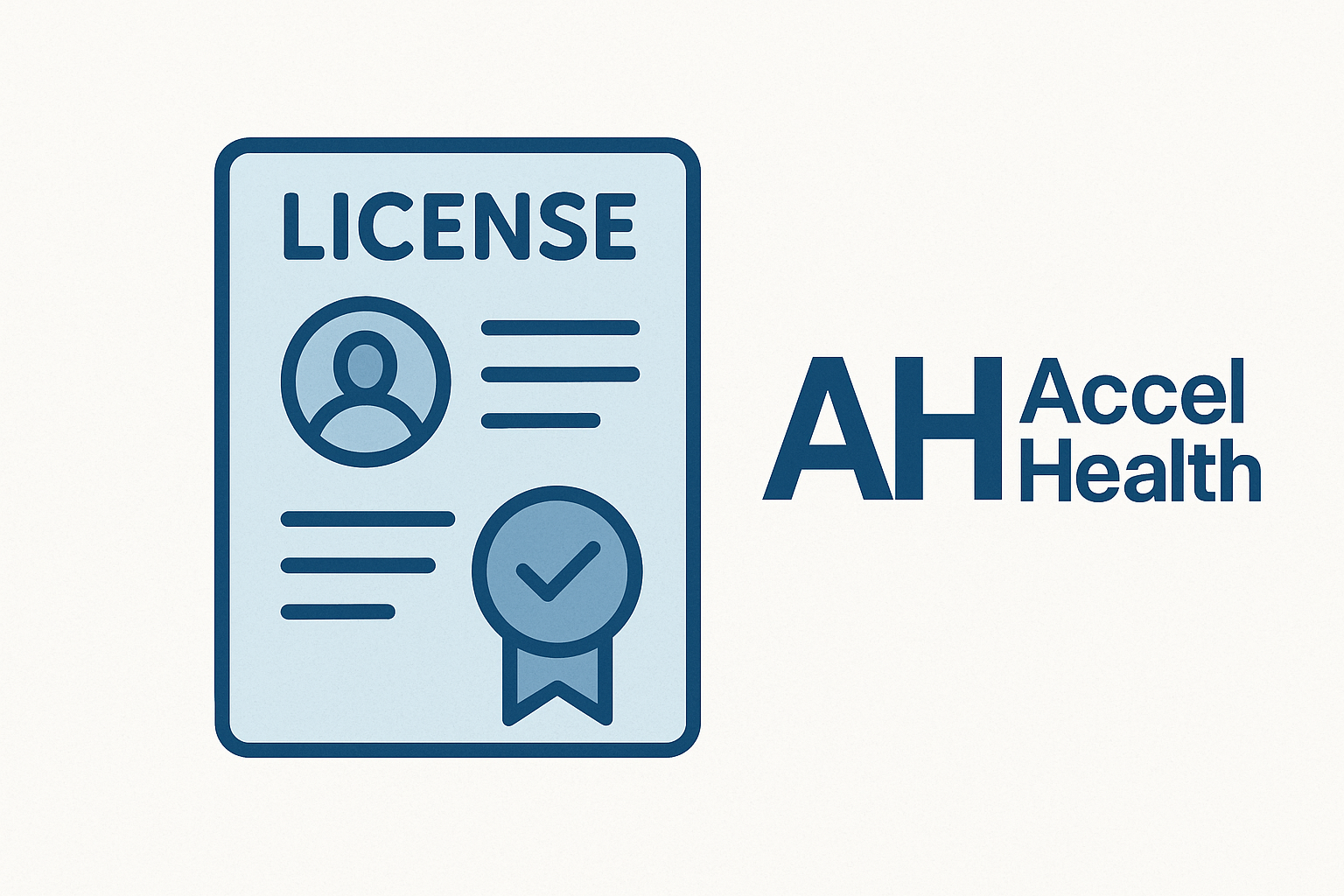When a hospital successfully recruits a talented physician, one would think the hard part is over. However, there is a hidden bottleneck that prevents thousands of qualified providers from seeing patients each month: the credentialing process.
The 90-Day Wait That Nobody Planned For
Credentialing a physician typically takes between 90 to 120 days, though optimal cases with complete documentation can be completed in 45 to 60 days, while complicated situations can extend beyond 180 days. During this waiting period, newly recruited physicians sit idle while patients who desperately need care continue waiting for appointments.
The math is sobering. Credentialing delays cost the average physician over $50,000 in lost revenue, and physicians and surgeons can lose as much as $122,144 during a 120-day credentialing period. However, the real cost is not merely measured in dollars but in lives affected and care delayed.
The Document Upload Problem
This is where physician recruitment becomes particularly challenging: over 85% of applications submitted for credentialing contain errors or missing information. When providers delay uploading required documents or submit incomplete paperwork, the entire process grinds to a halt.
A single missing or incorrect document can delay the entire credentialing process by weeks or even months. Every day spent chasing down a missing board certification, outdated malpractice insurance certificate, or incomplete work history is another day that physician cannot practice and another day patients cannot receive care.
The requirements are extensive: medical education verification, residency and fellowship documentation, state medical licenses, DEA registrations, board certifications, malpractice history, and detailed work histories. Each document must be current, accurate, and verified at the primary source. When providers treat document submission as an afterthought rather than a priority, the consequences ripple throughout the entire healthcare system.
The Patient Access Crisis
A survey by the American Medical Association found that 88% of physicians said payer delays in credentialing and prior authorizations negatively impact patient outcomes. While exact numbers of patients not seen due to credentialing backlogs vary by facility, the impact is clear: delayed provider start dates result in extended waiting periods for patients who may have been anticipating appointments for months.
In specialty fields like oncology or surgery, credentialing delays can result in postponed procedures that negatively impact patient outcomes. When hospitals cannot onboard surgeons, cancer patients wait. When specialists sit in credentialing limbo, chronic disease management suffers.
The Solution Starts With Providers
The credentialing process will never be instantaneous, as patient safety demands thorough verification. However, providers can significantly reduce delays by treating document submission with the urgency it deserves. Gathering complete, accurate documentation before starting the credentialing process, maintaining organized records, and responding promptly to requests can shave weeks or months off the timeline.
For hospitals and health systems, healthcare organizations spend over $2.1 billion annually on credentialing activities. Streamlined credentialing workflows and dedicated staff are essential investments. The real payoff is not merely efficiency but connecting qualified physicians with patients who need them.
How Accel Health Is Solving the Document Upload Problem
At Accel Health, we have built our credentialing system to directly address the first document upload challenge. Our self-service platform shifts the burden from administrative staff to providers themselves, who are the true source of the information. Physicians log into a structured portal where they can see exactly what is required, upload documents directly, save their progress, and submit when complete. The system validates that all required fields are filled before submission, eliminating the back-and-forth caused by missing or inaccurate information.
By giving providers transparency and control over their own credentialing applications, we are reducing the 85% error rate that plagues traditional credentialing and cutting weeks off the typical timeline. When providers have an easier way to have their documents verified, hospitals get complete applications faster and patients get access to care sooner.




